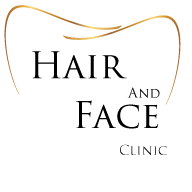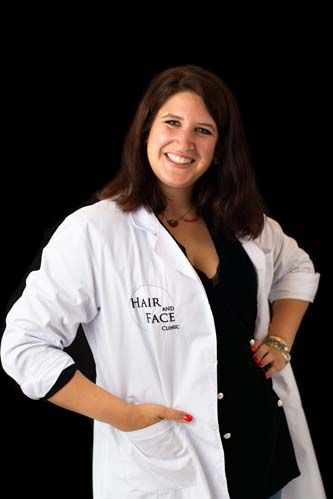ERBIUM LASER – RESURFACING LASER
The fractionated Erbium laser is a very high precision device and aims to regenerate the surface of the skin. It is a treatment of choice for rejuvenating the skin, reducing wrinkles as well as reducing scars and pigment spots or stretch marks.
How does the Erbium laser work?
Instead of abrading the entire treated skin surface, this partial ablative laser will create microscopic wells, leaving intact skin between each well. By healing, these wells will close and lead to skin resurfacing (renewal of the epidermis, stimulation of collagen).
Compared to conventional abrasion lasers, the interest is to gradually achieve an equivalent result in several sessions. But in this case, the consequences of each session (lighter) can be much less bothersome (a few days of redness, instead of a week of oozing and dressings).
What are the indications for the Erbium resurfacing laser?
The erbium laser is recommended for:
- Rejuvenation of facial skin and reduction of facial wrinkles,
- Rejuvenation of the skin of the neck and décolleté,
- Scars (acne, post-surgical, post-traumatic, chickenpox…),
- Correction of alterations in the skin’s appearance (dilated pores, blurred complexion, etc.),
- Dark circles and eyelid wrinkles,
- Have a concomitant action on pigment spots.
Regarding the face, the treatment can be done on the entire face or only on certain areas (sun wrinkles of the upper lip, lower eyelids, crow’s feet, etc., …)
For who?
It is aimed at both women and men with the aim of rejuvenating the skin, reducing wrinkles, scars and alterations in the skin’s appearance. It can also have a concomitant action on pigment spots.
What are the pre-laser instructions?
An initial consultation is necessary to discuss treatment.
Tanning is not recommended and must be reported to the practitioner before treatment.
Depending on the depth of treatment needed, you may be prescribed a numbing cream.
What to do on the day of the treatment?
In case of a history of herpes, preventive treatment is essential
Wearing goggles or goggles during the session is mandatory.
The application of the laser is done by scanning the area to be treated. Depending on your sensitivity, the session can be performed under local anesthesia: contact anesthesia (cream) is sufficient.
The session lasts 10 to 60 minutes depending on the area to be treated.
What to do after the treatment?
Immediately after the session, the treated area is marked by redness, as well as a feeling of warmth which may also be accompanied by temporary edema (which generally disappears within 24 to 48 hours) and/or small crusts.
Make-up of the area, and shaving for men, can be considered the next day. As a result, social eviction is very short and you can resume your activities quickly.
A greasy cream will be prescribed for you and should be applied regularly for the first few days.
Sunscreen should be applied for 2 weeks after treatment.
What are the contraindications?
- Pregnant or breastfeeding women, as a precautionary principle.
- Ongoing skin infection in the area to be treated.
- Taking photosensitizing drugs.
- Treatment with isotretinoin (Roaccutane ®) in the last 6 months.
- Pathologies with impaired healing (keloid scars, collagen disease, scleroderma, etc.) are to be discussed on a case-by-case basis.
What are the potential complications?
True complications are rare following fractional ablative treatment. In practice, the vast majority of these treatments take place without any problem and the patients are fully satisfied with their results.
However, and despite their rarity, the main risks are:
- Herpes outbreak in predisposed subjects. Preventive treatment will be administered to these patients,
- Erythrosis (redness) and diffuse sensation of warmth persisting for a few days,
- Hyperpigmentation (especially on dark skin), early and almost always transient. It is often the result of premature exposure to the sun.
What budget should you plan?
All our prices are on our website, under the prices tab.
How many sessions are needed?
” resurfacing ” requires between 1 to 3 sessions, for a long-term result, ranging from three to five years, depending on the quality of the skin.
Contact
- Kaasmarkt 14, 1780 Wemmel
- Avenue Reine Astrid 267, 7180 Seneffe
-
+32 2 306 40 40
MON-FRI 9:30am to 1pm — 1:30pm to 6:30pm
SAT from MON-FRI from 9:30am to 1pm — 1:30pm to 5pm - info@hair-face-clinic.be



